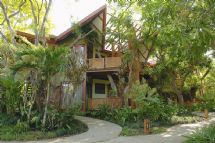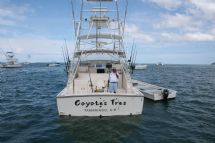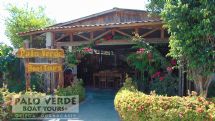Guanacaste National Park, Guanacaste
Part of the Guanacaste Conservation Area, the Guanacaste National Park is another one of Costa Rica’s stunning national parks and wildlife reserves. Located north of Liberia on the east side of the Pan-American Highway, this national park lies in the northern region of the province of Guanacaste. A roughly four-hour drive from the Costa Rican capital city of San Jose, the Guanacaste National Park was created in 1989 to connect with the Santa Rose National Park to form one of the largest biological reserves in the world.
Animal Migration
A staggering 84,000 hectares, the Guanacaste National Park protects the migratory passage of a plethora of species that move seasonally between the lowlands over the Cordillera de Guanacaste to the steep highlands during the dry season. Jaguars, mountain lions, tapirs, sloths, monkeys, armadillos, coatis, deer, pumas, ocelots, peccaries and a variety of migratory birds, butterflies and moths all live in this national park.
A project of Dr. Daniel Janzen, the Guanacaste National Park is home to a number of habitats as well, such as tropical lowland dry forests, pastures, tropical cloud forests, savannas, rainforests and Caribbean wet forests. The purpose of this beautiful national park was also to look after and safeguard the volcano slope, evergreen forest and the cloud forests of Cacao and Orosi volcanoes.
Diversity of Flora & Fauna
Found in this stunning national park is an amazing diversity of flora and fauna. So far, more than 140 species of mammals, over 300 species of birds, around 100 amphibians and reptiles, and more than 10,000 species of insects have been discovered in this forest.
Map of the Area
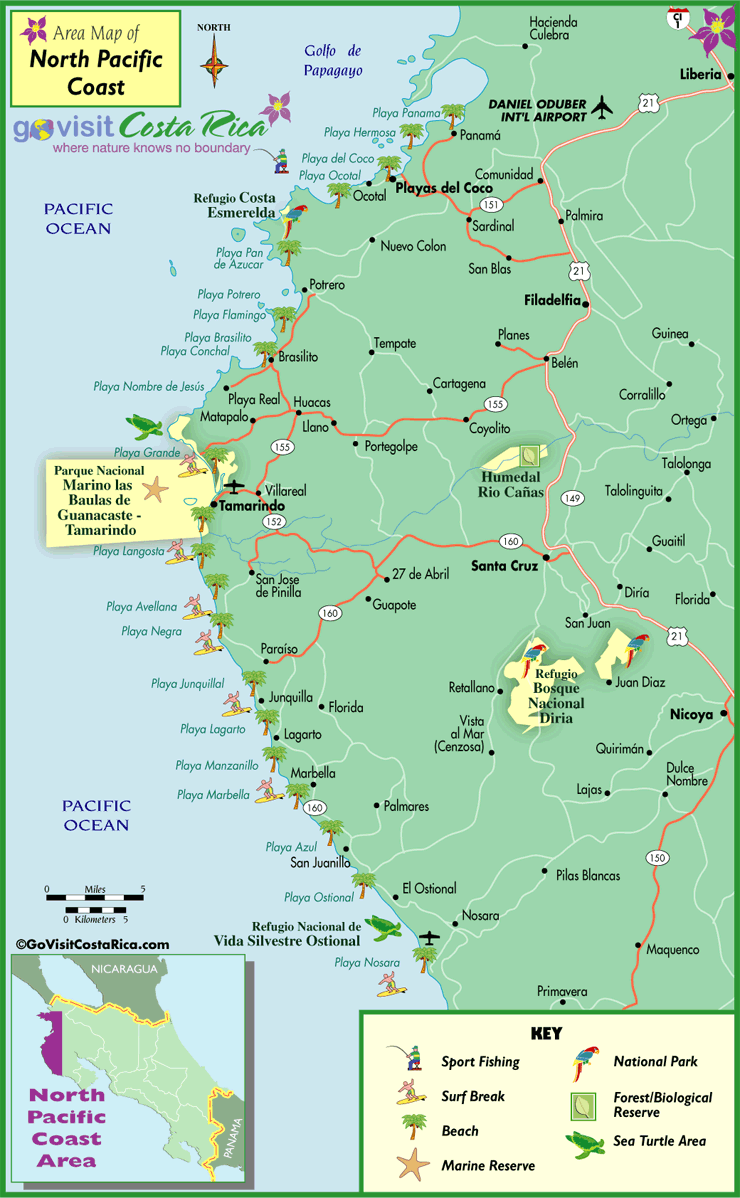
Four Biological Stations
An important aspect of the Guanacaste National Park is that it is a significant cattle pasture area and it houses four biological stations that strictly monitor the park’s various habitats. The Pitilla Biological Station lies on the northeast side of the Cacao Volcano, while the Cacao Field Station sits on its southwestern slope. The Maritza Field Station is located between the Cacao and Orosi volcanoes, and the El Pedregal sits on the Llano de los Indios Plain.
Filled with many areas of scenic beauty, lush trails and paths, and beautiful winding rivers, this national park is best visited in the dry season from December to April, when naturalists, tourists, photographers and scientists visit here from all over the world. However, it is important to note that the higher you climb in the forest, the more likely it is that you will experience a shower or two. An unfortunate aspect of this park is that not many people visit it to enjoy is ecological beauty.
7 Days / 6 Nights
Starting at $932 per person
14 Days / 13 Nights
Starting at $2,098 per person





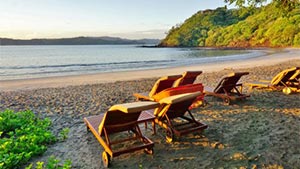

.jpg)
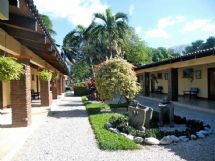
.jpg)
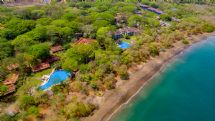
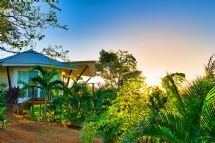
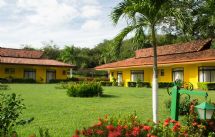
.jpg)
